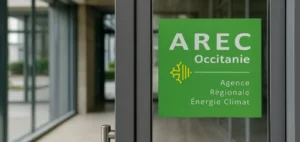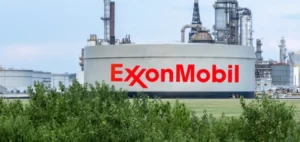Shell Reduces Headcount by at least 15% in its Low Carbon Solutions Division. Similarly, it will reduce its hydrogen-related activities as part of CEO Wael Sawan ‘s strategy to boost profits.
Strategic Reorganization
These headcount reductions and organizational changes come after Sawan, who took over as Shell’s CEO in January, pledged to reshape the company’s strategy with a focus on higher-margin projects, stable oil production and growth in natural gas production.
In 2024, Shell will cut 200 jobs and review a further 130 positions with the aim of reducing headcount in this division, which has around 1,300 employees. Some of these functions will be integrated into other parts of Shell, which employs over 90,000 people.
“We are transforming our Low Carbon Solutions (LCS) business to strengthen its contribution in our core areas such as low-carbon transportation and industry,” said the company.
Changes in Hydrogen-Related Activities
LCS operations include hydrogen and other activities aimed at decarbonizing the transportation and industrial sectors, but exclude Shell’s renewable energy activities.
The changes are concentrated mainly on hydrogen-related activities. Shell plans to significantly reduce its light hydrogen mobility operations, which develop technologies for light vehicles, to focus on the heavy mobility and industrial sectors.
Shell will also merge two of the four managing director positions in the hydrogen business.
Strategy evolution
The withdrawal from the light mobility sector follows the departure several months ago of the head of this activity, Oliver Bishop. Bishop now heads the global hydrogen mobility business of BP, a competitor of Shell.
Shell was an early proponent of hydrogen-powered cars, but in recent years the company has closed a number of hydrogen refueling stations around the world, including in the UK, as consumers have opted for electric vehicles.
Hydrogen Projects
Last year, the company began construction of a 200-megawatt electrolysis plant in the Netherlands, the largest in Europe, to produce green hydrogen. It also applied for a grant to develop a low-carbon hydrogen production hub in Louisiana, but the project was not among the seven announced this month to receive $7 billion in U.S. federal subsidies to boost the fledgling industry.
“Our global hydrogen portfolio remains a key part of our efforts to meet the commercial and technical challenges of expanding our Low Carbon Solutions business,” said Shell. “We will be disciplined to invest only in projects with the best chance of creating value and reducing emissions.”
Net Zero Emissions target
Last week, Sawan said Shell was changing its “trajectory” to achieve its ambition of becoming a net-zero carbon company by 2050. “For the avoidance of doubt, what hasn’t changed is where we’re going,” Sawan told a conference in London.
Last month, Sawan came under internal pressure after a rare open letter was published by two employees urging him not to cut investment in renewables, sparking an internal debate.
Shares in Shell and its European counterparts BP and TotalEnergies have been under pressure in recent years, with investors concerned about future returns as they scale back oil and gas production.
American rivals Exxon Mobil and Chevron have stepped up their fossil fuel production, recently announcing major acquisitions of oil companies.






















